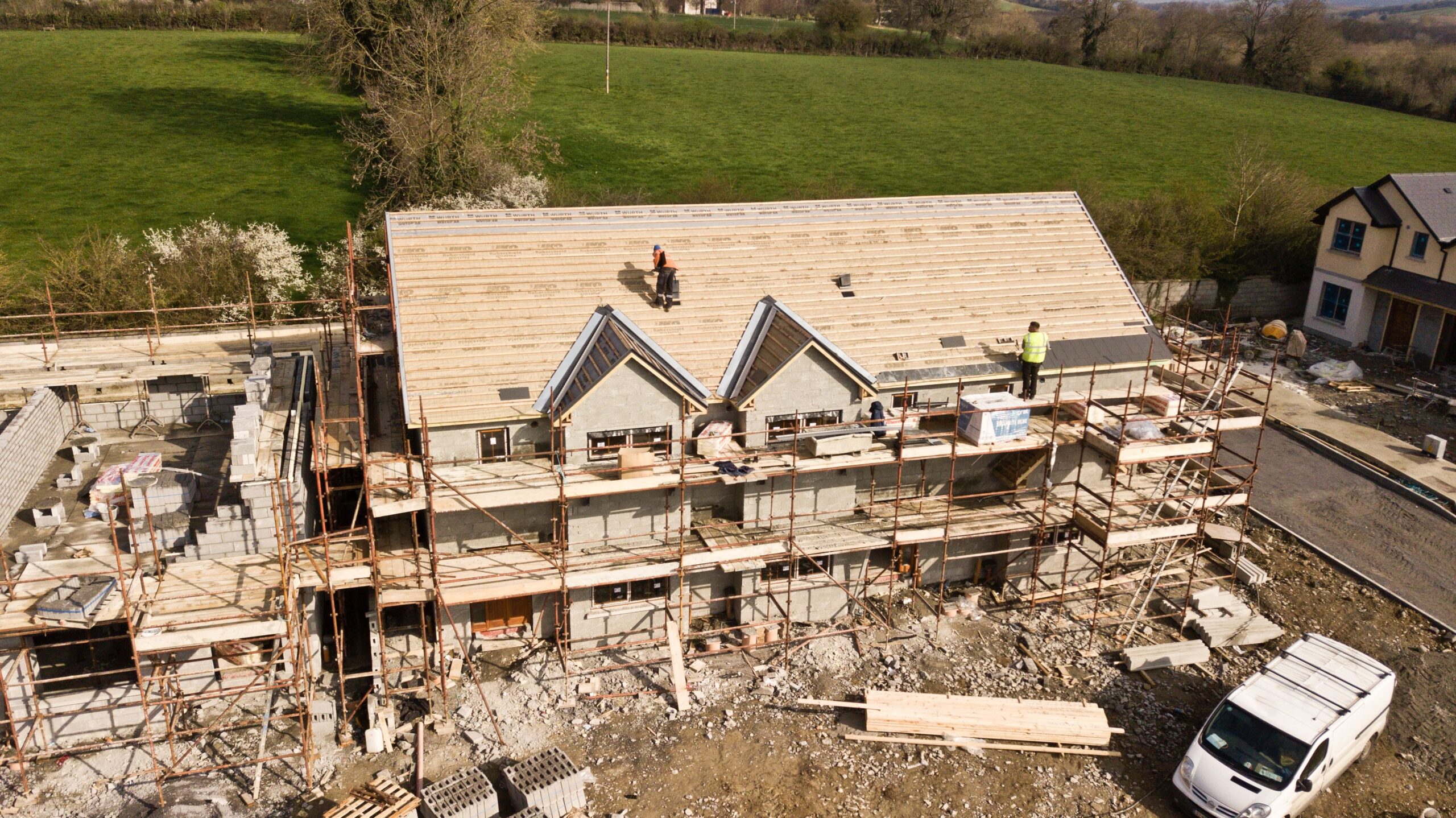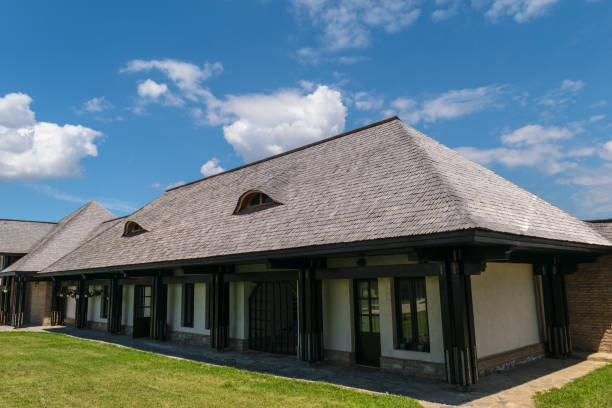Restoring your roof can not only assist with energy conservation, but it can also provide your family with a strong feeling of protection and boost the curb appeal of your house. It is a reasonably simple method to learn how to mount roof shingles and one that will spare you time and money in the process.
Install Roof Shingles following this step-by-step process
If you have some time to spare then installing new roof shingles is something you can do. It’s a beginner-level task and requires over one day to finish. However, it is a delicate process which is why many homeowners choose to go for a professional roofing installation company like Corey & Corey. With that said, let’s dive straight into the process of installing new roof shingles for your home.
- Safety Comes First
Make sure to spend cash on safety gear before you begin. When you’re up on the roof, things like a hard hat, work gloves and a tool belt will help keep you safe. When you collect your roofing materials, think of other things, such as protective glasses, a vest and work boots.
Always, have someone work with you while laying shingles, if possible. Please follow the directions from the dealer on your shingles included.
- Properly Clean & Prepare the Roof
When finding out how to put shingles on a roof, the very first thing you need to do is to decide which sort of roofing shingles you need. The most prevalent kind of shingle is 3-tab shingles. In total, they are usually 36 inches tall. Architectural shingles are another choice and are mounted the same way as 3-tab shingles, but due to their varying designs, they give your roof more of a 3-D effect.
Evaluate & measure the roof so that you can be confident you are getting the right quantity of shingles. Usually, it takes 3 packs of shingles to cover 9.29 square metres (100 square feet).
Next, strip the old flickering shingles and:
- Up on the house, put a garbage can so you have a spot to dump old shingles and flash them.
- Using a roofing shovel, start by removing the shingles.
- Use precaution so that any windows or siding in the process are not affected.
- Pry up the nails with your hammer.
- Disable the flickering metal. Any flashing that is in good condition can be retained, but we suggest replacing it all with fresh flashing.
- Sweep the roof off, scraping any left behind nails and dirt.
- Install New Flashing
Now it is time for the underlayment and flashing to be added. These sections serve as a weather-proof and defensive shield between the elements and your home, helping to keep out water and cold temperatures.
- Start by overlaying the roof with asphalt, felt or other underlays.
- Protect the felt on the roof with your staple cartridge.
- Coincide at least 3 to 4 inches in every row.
- You should be using a special ice and water shield if you are located in an environment of bad conditions.
- Install new flashes (metal flashing is also labelled “drip lip” near the gutters at the bottom of the roof).
- Using your hammer and roofing nails, lock the drip edge in place.
- Last but not least, always place flashing around a chimney as well as other valleys where the two roof planes cross, as if not covered, these areas are more vulnerable to leaks.
- Lay A Shingle Starter
Ensuring that you are operating on a predefined path and a pre-planned working plan is important.
- Map out a guideline with chalk beginning at the bottom of the roof.
- Begin to chalk additional directions around the roof across at least four courses (rows) depending on the width of the shingle.
- For the first collection of shingles, use the chalk and tape scale to mark about 12 inches up on the roof. Create a new mark every 5 inches before you get to the roof rope. On all sides of the roof, replicate this.
- Shoot a straight line vertically every 6 inches using the chalk line.
- Starter shingles are accessible, but cut the first shingle about 6 inches shorter if you choose to make them on your own, because the gaps between the tabs will not match up and the underlay will remain covered.
- Lay the adhesive strip around the end of the rake and the end of the spill.
- Nail the shingle to the spot.
- Install Your Roof Shingles
It’s time to really learn how to mount roof shingles now that you’ve conquered the underlayment and drip edge and plotted your course.
- Start putting your courses by making your way up and around.
- Be mindful of the right nailing method such that the top edge of the course under it is still held by the nails.
- Hammer one nail about two inches from each end of a shingle, for instance. And, above each cutout, secure another nail an inch. So, the next shingles course should cover the nails vertically by 1 inch.
- Follow the trend of lining a complete shingle up against the next as you continue, and nail it into place. To keep the shingles straight, follow the guide you made.
- On each row, cut the last shingle to size and repeat all the way to the ridge.
- Bend the shingle over the ridge after you’ve hit the ridge such that each side is fair and nail it into position with a single nail on each side.
- Do that for the next shingle before you get to the far edge of the ridge, continuing this move.
- Cut the very last shingle of the ridge to the length you like, just make careful not to reveal any portion of the roof.
Call Professional Help Today!
Do you want to install new roof shingles? Contact Corey & Corey and our experts will analyze your roof thoroughly and provide effective solutions for your roofing problems.
Do you want to know more about our services? Send us your queries in the comments section, or you can call us at 508-775-8240.




